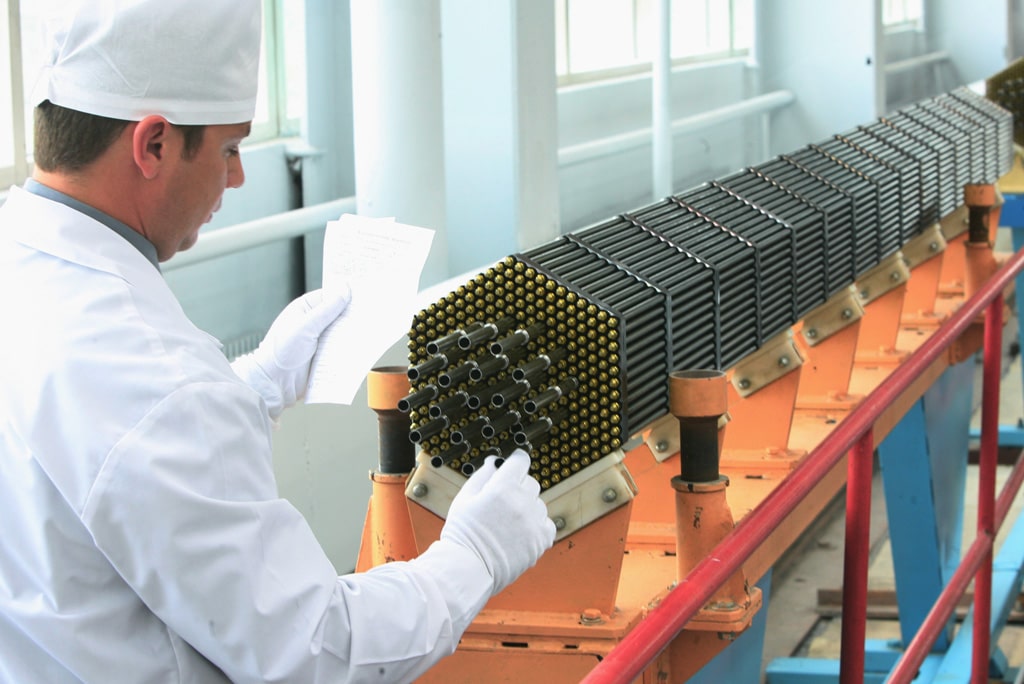A Hybrid for Nuclear

Written by Tim Lash, Focus Fusion Society Contributor.
These days the term hybrid normally refers to automobiles. Most car companies now offer models propelled by both battery powered electric motors and fossil fuel engines. Nuclear reactors can also come in hybrid varieties. In this case the hybrid design features both a nuclear fusion and a nuclear fission component. An article recently posted to power-technology.com offered a comparison of this hybrid reactor design in relation to some of the leading fusion research efforts.
All nuclear power stations in the world today use fissile materials for fuel. They use heavy atomic isotopes which split into lighter elements under the right conditions. The most common reaction is when a heavy atom absorbs a neutron. A fissile fuel that absorbs a neutron will enter an unstable state and decay into two lighter atoms with some spare neutrons. This type of nuclear reaction will also liberate energy. The daughter products of the reaction have less binding energy in total than the parent atom. This excess energy imparts momentum to the reaction products. Momentum causes friction and heats the nuclear fuel. Heat is then transferred to a working fluid to drive a turbine generating electricity. The key here is the introduction of neutrons to start the fission reaction.
These neutrons are typically sourced from the fuel itself by packing the fuel into a critically dense arrangement. Then the spare neutrons from one fission event can go on to cause another fission event. A self-perpetuating reaction like this is referred to as a chain reaction. They can be very dangerous. Many power plant control systems help keep the chain reaction from running away. Runaways can lead to devastating failures such as steam explosions or reactor meltdowns.
A hybrid nuclear reactor avoids this critical fission fuel arrangement. Instead the neutrons needed for fission come from fusion reactions. Fusion reactions work opposite of fission. Instead of splitting heavy elements, fusion combines light elements. Certain fusion reactions also produce an excess of neutrons. These neutrons can then trigger fission reactions. In this way power generation comes in a hybrid fashion utilizing both fusion and fission reactions.
The article notes that this type of reactor is largely hypothetical. A few proposals exist, but the engineering challenges appear daunting. Nuclear research efforts have focused on improving existing fission designs and pure fusion projects. The article mentions several ongoing fusion projects but neglects to highlight LPP Fusion.
The LPP Fusion project is itself something of a hybrid approach. Eric Lerner hopes to design a dense plasma focus device that captures hydrogen-boron fuel in its pinch. Those fuels would fuse into an excited state of carbon-12. The unstable carbon-12 nuclei would immediately fission into three helium atoms. So a hybrid of a fusion reaction followed by a neutron-free fission into harmless helium.